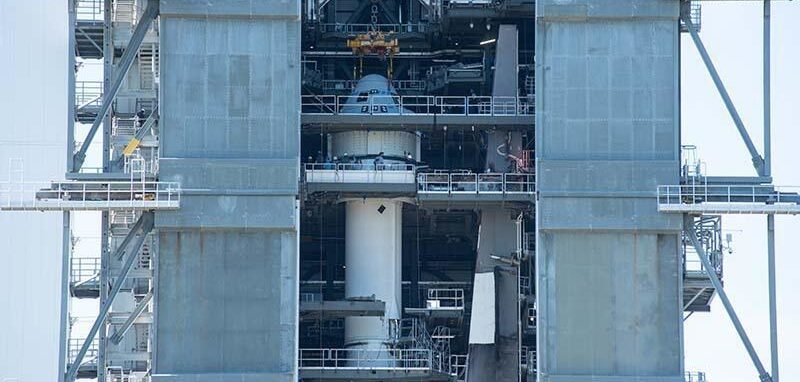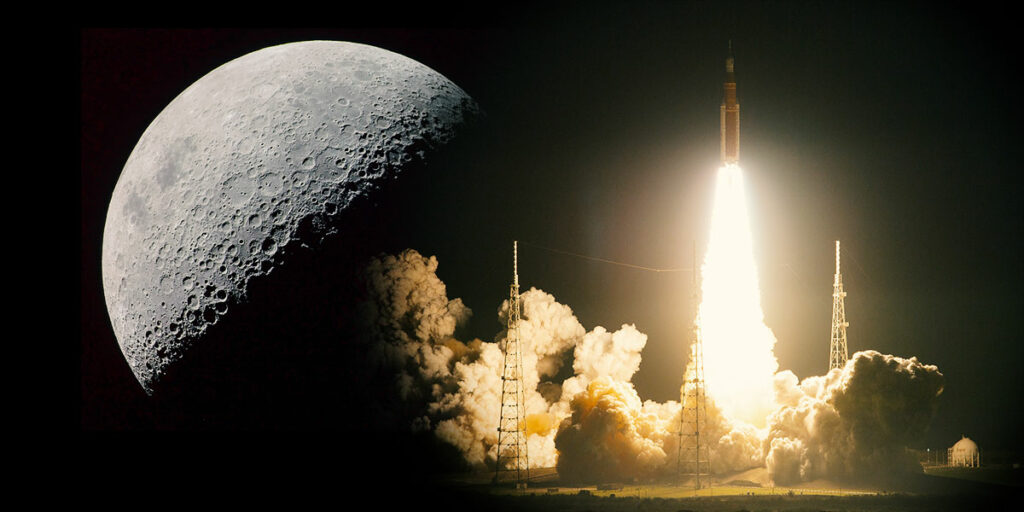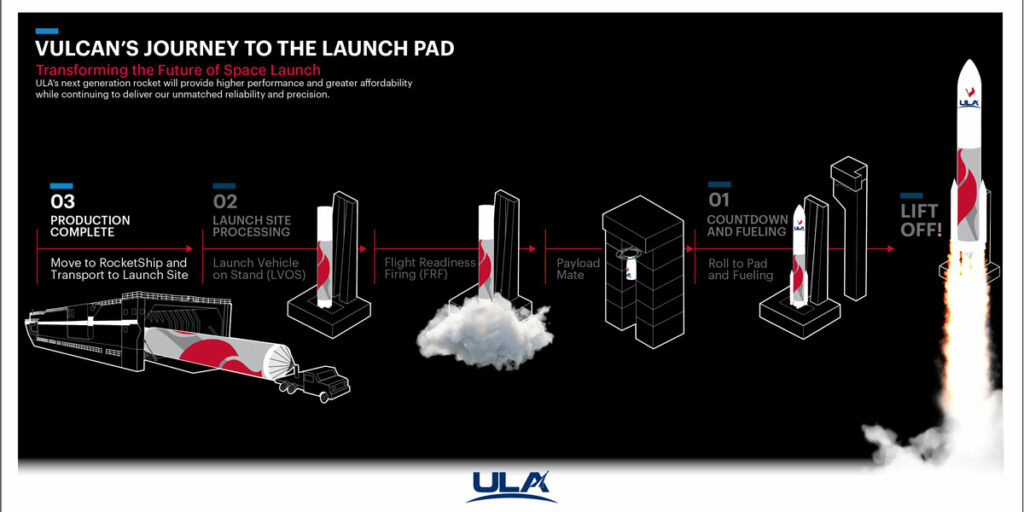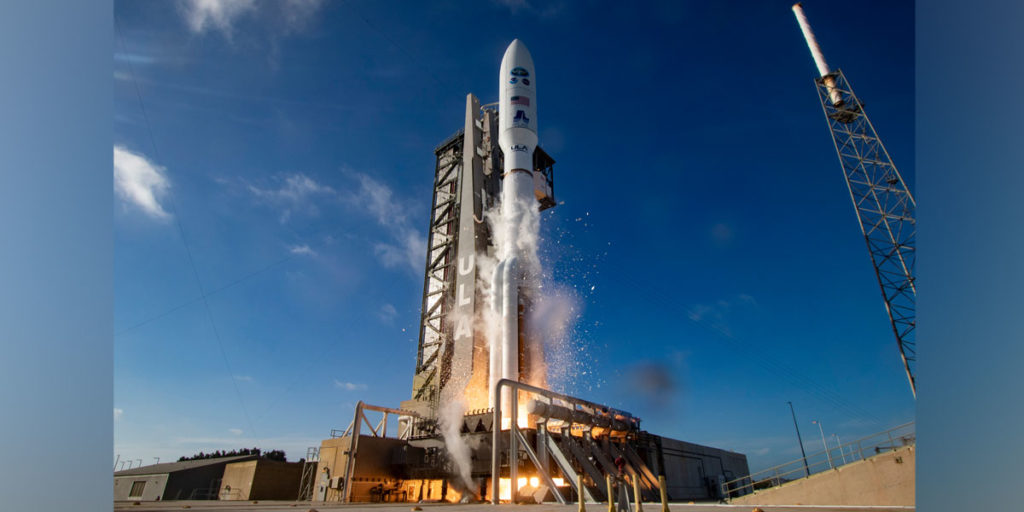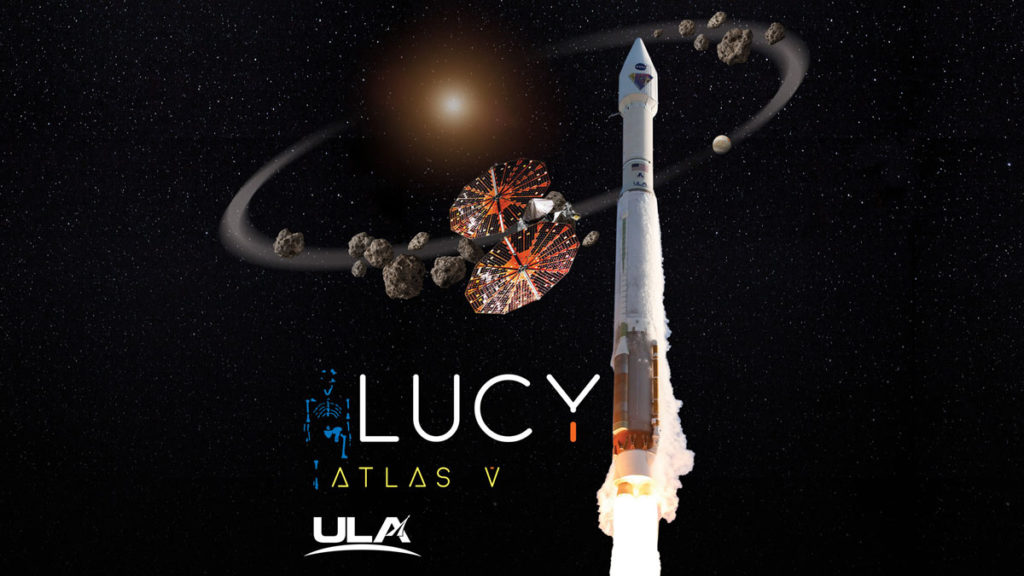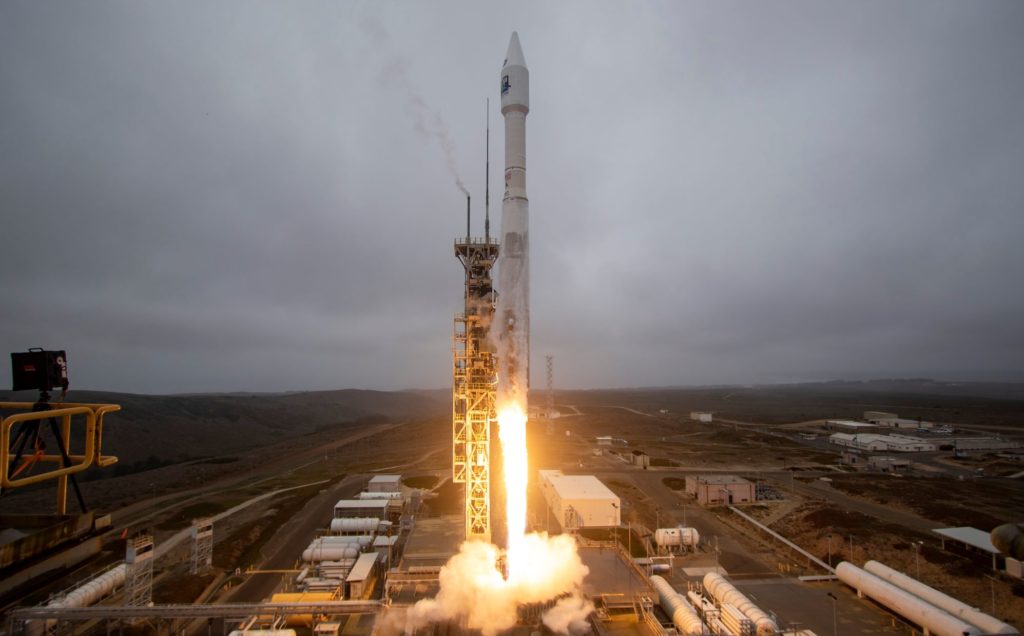United Launch Alliance’s (ULA) Atlas V rocket is set to power the next important mission for NASA’s Commercial Crew Program.
The Alabama-built rocket is scheduled to launch Boeing’s Starliner capsule on Friday as part of the Orbital Test Flight-2 (OBT-2). The launch is the last uncrewed mission before the spacecraft carries three astronauts to the International Space Station (ISS) later this year.
ULA has configured the Atlas V for OFT-2 exactly the same as it will be for the upcoming crewed mission.
“This second orbital flight test provides us with an opportunity to further analyze the unique technologies developed for our Atlas V launch vehicle in support of NASA’s human spaceflight program,” said Gary Wentz, ULA vice president of Government and Commercial Programs, in a release from the company. “Our ultimate focus is on the safety of the crew and this flight will ensure we are one step closer to preparing to safely fly astronauts in the near future.”
The NASA and Boeing teams completed the flight readiness review last week.
During a press conference announcing completion of the review, Norm Knight, director of NASA’s Flight Operations Directorate, provided his perspective on what OFT-2 will mean for the upcoming crewed flight.
“Spaceflight is hard,” he explained. “It’s definitely not easy. I will just tell you that the crew greatly appreciates the effort by NASA, Boeing and the ULA partnership for safe space flight for our astronauts.”
OFT-2 is scheduled to launch on July 30 and dock at the ISS 24 hours later. It will stay at the ISS until August 5 and return to Earth on the same day with a landing in the New Mexico desert.
It will carry cargo on both legs of its trip.
The Atlas V was built at the company’s 1.6 million square foot manufacturing facility in Decatur. Boeing’s design center in Huntsville has provided all of the structural design for the Starliner, while its Phantom Works division, which has an operation in Huntsville, has provided the power systems for the capsule.
Modified specifically for the Boeing Starliner spacecraft, the Atlas V configuration does not include a payload fairing. Instead, the Starliner’s own protective surfaces take the place of the fairing to protect the uncrewed spacecraft during ascent.
The Atlas V Centaur is powered by dual Aerojet Rocketdyne RL10A-4-2 engines, each producing 22,600 pounds of thrust.
This will be the 88th launch of the Atlas V rocket and the 100th launch from Space Launch Complex-41 in Cape Canaveral, Florida. To date, ULA has launched 144 times with 100% mission success.
Tim Howe is an owner of Yellowhammer Multimedia




